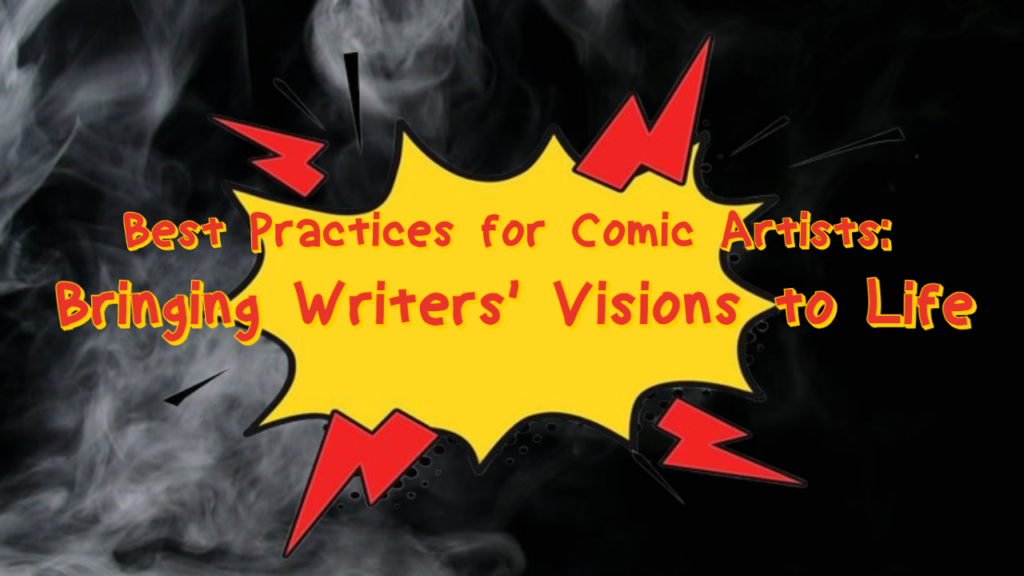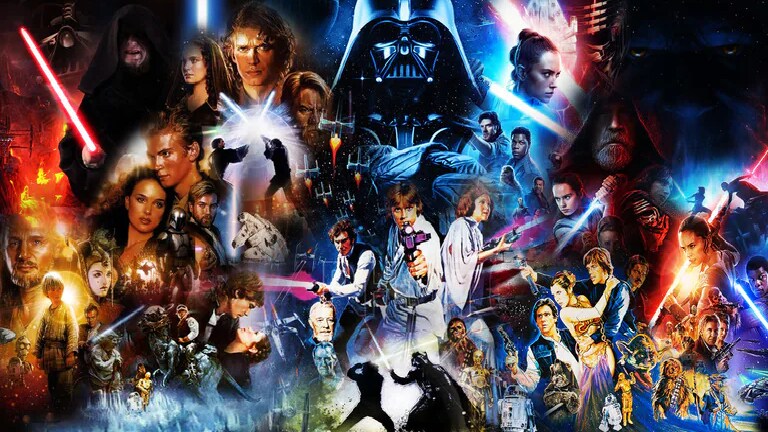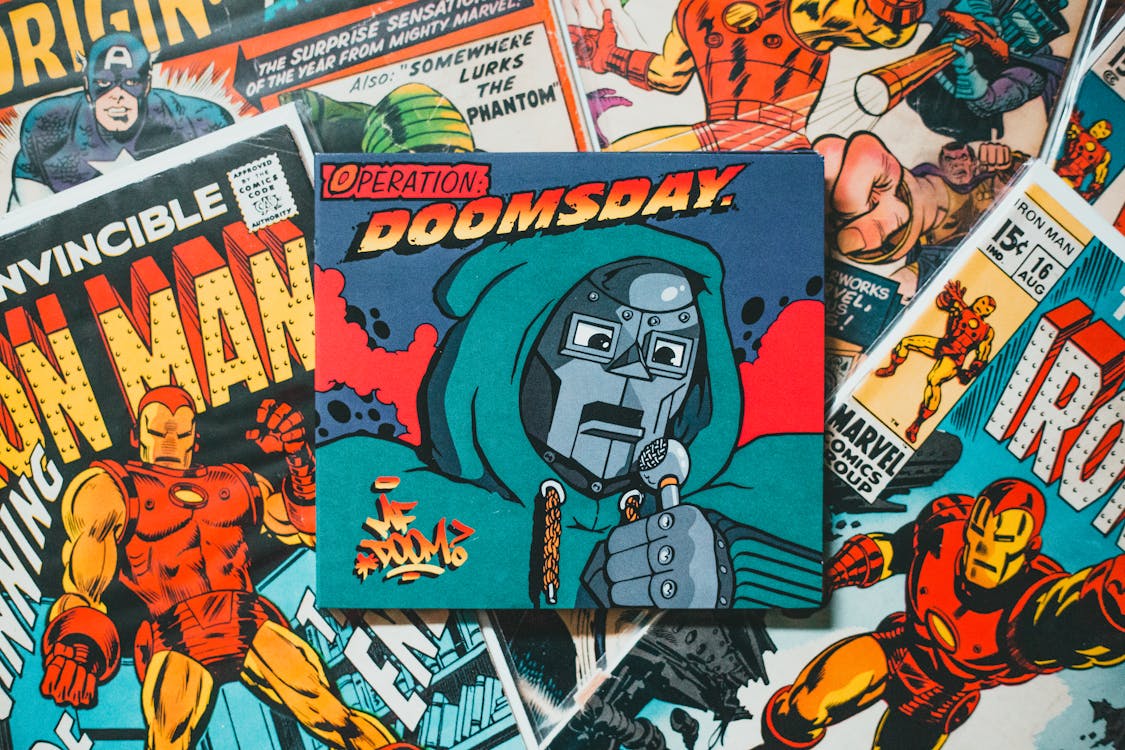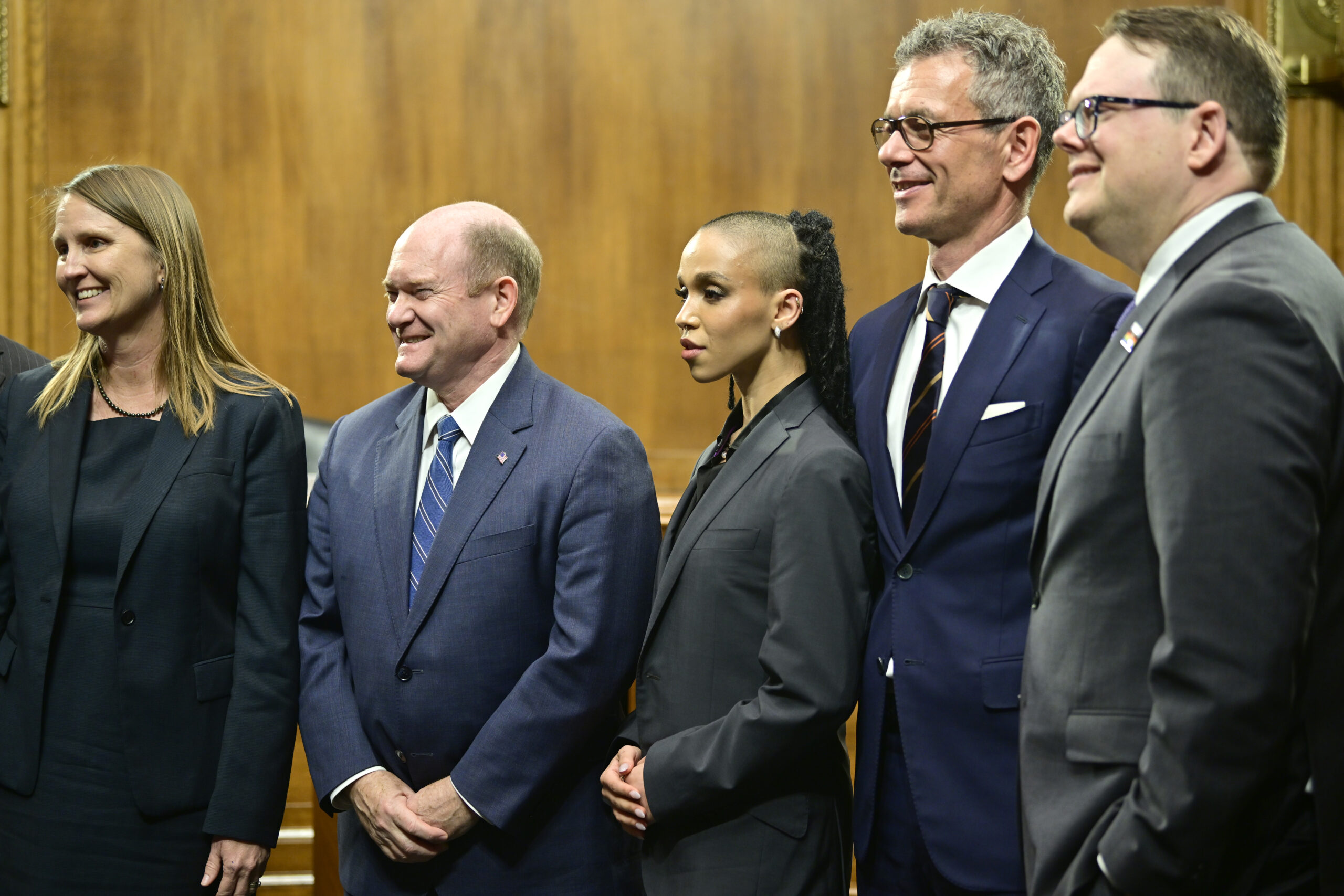
Bringing Writers’ Visions to Life
Creating comic books is an exciting world where writers and artists collaborate to bring captivating and visually impressive stories to life. As a comic book artist, your role is crucial in transforming a writer’s ideas into a concrete and engaging comic book experience.
Understanding the Writer’s Vision:
1. Communication is Key:
- Establish clear and open lines of communication with the writer. Regular discussions about the script, characters, and overall narrative tone are essential.
- Seek clarity on the writer’s vision, themes, and intended emotional impact. Ask questions to ensure a comprehensive understanding of the story.
2. Script Analysis:
- Thoroughly analyze the script before starting the visual interpretation. Identify key moments, character arcs, and visual motifs that will enhance the storytelling. IF you find yourself unsure what to do, you can check out resources like, writemyessayforme.cheap
- Pay attention to pacing and panel layout suggestions in the script. Collaborate with the writer to refine these elements for maximum impact.
Visualizing the Narrative:
3. Character Design:
- Create visually distinct and memorable characters that align with the writer’s descriptions. Engage in character design discussions to capture the essence of each personality.
- Ensure consistency in character appearances throughout the comic, maintaining a visual continuity that aids reader immersion.
4. Storytelling through Panels:
- Consider the flow of the narrative when designing panel layouts. Collaborate with the writer to emphasize key story beats and moments.
- Experiment with panel composition and framing to add dynamism and visual interest. Use panel size and placement to control the pacing of the story.
5. Emotional Resonance:
- Pay special attention to conveying emotions through facial expressions, body language, and overall composition. Readers should feel connected to the characters on an emotional level.
- Work closely with the writer to capture the intended mood of each scene. Adjust artistic elements such as color palette and lighting to enhance emotional impact.
Refinement and Collaboration:
6. Feedback Loop:
- Establish a feedback loop with the writer throughout the artistic process. Share sketches and preliminary artwork to gather input and make necessary adjustments.
- Be open to constructive criticism and collaborate on refining visual elements to align with the writer’s vision.
7. Consistency in Style:
- Maintain a consistent artistic style throughout the comic. This ensures a cohesive visual experience for readers and strengthens the connection between the script and the artwork.
- Regularly refer back to reference materials and style guides established in collaboration with the writer to uphold visual consistency.
When it comes to creating comic books, the collaboration between writers and artists is incredibly important. They must communicate effectively and understand each other’s visions to bring the stories to life. It’s a dance of words and visuals, where the artists play a pivotal role in captivating readers and crafting enduring stories. By working together and following these valuable practices, comic artists contribute greatly to the dynamic and captivating world of comic book culture.
Author Profile
Latest entries
 ColumnsMay 6, 2024A Comprehensive Evaluation of the Premier Online Betting Service, Casinonic
ColumnsMay 6, 2024A Comprehensive Evaluation of the Premier Online Betting Service, Casinonic GamingMay 3, 2024Unveiling the Enthralling Universe of Petir108 Slot Games: An In-Depth Exploration
GamingMay 3, 2024Unveiling the Enthralling Universe of Petir108 Slot Games: An In-Depth Exploration ColumnsApril 30, 2024Igniting Your Child’s Love for Star Wars: A Parent’s Guide
ColumnsApril 30, 2024Igniting Your Child’s Love for Star Wars: A Parent’s Guide Comic Book NewsApril 30, 2024The Links Between Comics and Casinos
Comic Book NewsApril 30, 2024The Links Between Comics and Casinos









